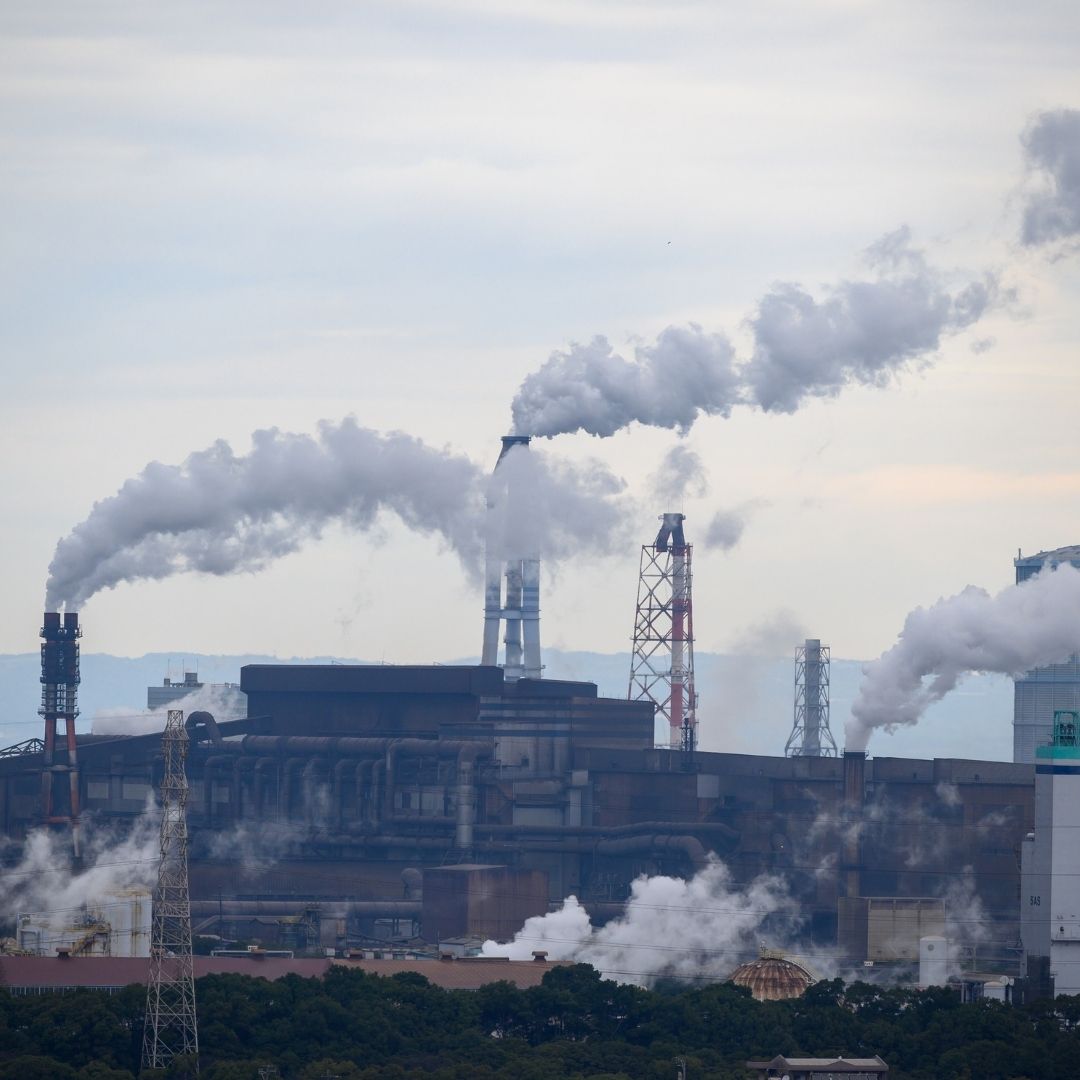
Image Credit: Unsplash
Pollution Control Day: Govt Initiatives That Aim For A Greener And Cleaner India
Writer: Ratika Rana
Her primary objective is to inform, promote, educate and cultivate readers through writing.
India, 2 Dec 2021 9:34 AM GMT
Editor : Ankita Singh |
A literature lover who likes delving deeper into a wide range of societal issues and expresses her opinions about the same. Keeps looking for best-read recommendations while enjoying her coffee and tea.
Creatives : Ratika Rana
Her primary objective is to inform, promote, educate and cultivate readers through writing.
The Central Government has notified a Comprehensive Action Plan (CAP) in 2018 identifying timelines and implementing agencies for actions identified for prevention, control and mitigation of air pollution in Delhi and NCR.
India observes December 2 every year to mark the thousands of lives lost due on the intervening night of December 2 and 3 in 1984 in the Bhopal Gas tragedy. As per the official records of the Madhya Pradesh government, more than 3,700 people died, and nearly six lakh sustained injuries. A leak of methyl isocyanate (MIC) in the Union Carbide India Limited left more than five lakh people exposed to the poisonous gas. However, since the tragedy, the government has taken significant steps to counter the challenge of pollution and reduce India's carbon footprint, thus envisioning a cleaner and greener India.
30-35% Reduction In Carbon Footprint By 2030
Apart from the periodic measures of the Centre to address the issues that deteriorate the environment, the Indian government has also taken several initiatives to participate in cleaning the environment actively. India has partnered with the United Kingdom to build a climate-resilient infrastructure and is committed to reducing the national carbon footprint by 30 to 35 per cent by 2030. In 2018, the Central Government notified a Comprehensive Action Plan to identify timelines and agencies that would help prevent, control, and mitigate air pollution in the national capital.
Most Influential Initiatives For The Environment
Namami Gange was one of the first projects under the leadership of Prime Minister Modi to recognize the cultural and environmental importance of the River Ganga. The Centre allocated ₹20,000 crores for the project. It benefitted the locals by providing them sustainable livelihood options, roped in the local urban bodies and Panchayati Raj institutions to initiate a change at the grassroots. The Ministry of Environment and Climate Change launched a green skill development programme in 2017 to save the environment and preserve it for the future. Hence, the programme focussed on upskilling the youth with environment-friendly skills and employment opportunities in the forest sector.
The national cleanliness drive, Swachh Bharat Abhiyan, kicked off on October 2, 2014, and perhaps became one of the most influential campaigns of the Modi government. The movement motivated the people to come out of their roads and clean roads in public. When PM Modi kickstarted the campaign, photographs showing him clean streets became quite a sensation. One of the sub-missions of Swachh Bharat Abhiyan was the 'Toilets before Temples' campaign, under which the government made more than nine crore toilets and declared the country open defecation free.
The initiatives mentioned above were undoubtedly the beginning of the journey to a new India. However, their significance and impact have gradually declined over the years, and neither the government, not the public shows enough passion for continuing on the same path. The importance of cleaner surroundings becomes all the more critical in the pandemic because health is wealth. School children, rural and urban institutions and the government need to come together to ensure that future generations can reap the benefits of having a beautiful environment.
Also Read: The Upward Spiral Of Power And Wealth Of Mukesh Ambani, Gautam Adani In Last Few Years
 All section
All section














